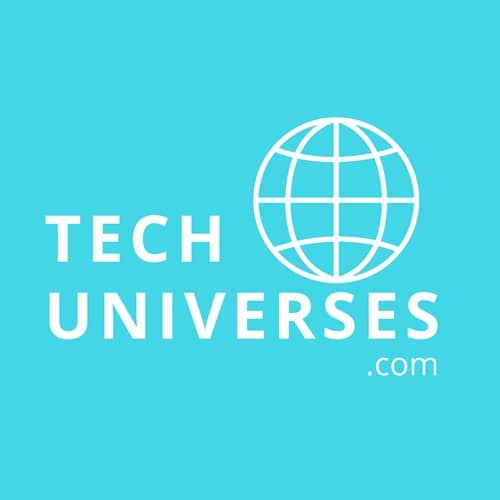A component content management system (CCMS) is one that manages content at a granular level, rather than at the document level.
You are able to track not only versions of topics and graphics, but relationships among topics, maps, publications, graphics, and deliverables. Be it e-books, whitepapers, emailers, or website content, a CCMS helps your content team to promote content reuse, automate redundant tasks, expand productivity, and improve team collaboration.
Here are 7 key benefits of CCMS:
1. Content repository
Finding the right piece of content when your content assets are scattered all over the network can be a real pain. Content managers who deal with huge amounts of content on a daily basis can understand the difficulty of working with a solution that doesn’t allow proper allocation of content material. A component content management system (CCMS), allows you to keep content stored in one convenient location and consolidate multiple copies and versions. This way, you don’t waste time and resources in swimming through an ocean of content to find the right piece. All of the content in a CCMS can be easily searched and retrieved.
2. Reusability
Multiple copies floating in your system can baffle you! Content writers on a regular basis need to edit multiple copies of the same content. When multiple copies need editing, it takes a lot of time. A CCMS requires you to store a piece of content just once and use it in multiple publications at the same time. That piece of content only needs to be edited one time, in one location, and it will be updated in all the other publications leaving you with only accurate content.
3. Manage projects and productivity
Effective content writing is important but managing all projects, tasks, and the workforce is equally significant and it can be extremely challenging. A CCMS helps you understand who is burdened with how much work, so that you as a manager can easily distribute work in your content team to continue the project flow.
4. Keep a trail of changes made to content
Many a time, there may be a situation when you need a relook at the original documents or track the changes you made to a certain piece of emailer. CCMS can rescue. The tool maintains an automated tracking sheet of all the changes made to a piece, who made the changes, and when those changes were made. Such an approach allows you to return back to an earlier version of a piece of content that you may need for various reasons. It makes life easier for sure!
5. Easy access for remote talent
You may have content writers spread across the globe. Managing them, keeping a track of freelancers and more importantly, sharing content on one single platform is crucial. A CCMS tool allows an outsider, and/or in-house employees to access the same content. The content can be stored, edited, and reused at one location, making it convenient for your team to create and share and keep the processes flowing.
6. Keep translation costs down
You may frequently need to translate a number of documents to various languages. This can cost you a lot of money and valuable manpower. With CCMS in place, you can easily use one piece of content that can be simply translated and stored, and then that one piece of content can be used in as many publications as you like.
7. Controlled access & high security
When dealing with humungous amounts of content, ensuring all safety for all your material is priority. CCMS ensures high degree of security wherein only authorized people are allowed access. Credentials come with distributed privileges that only allow certain users to view, edit, and create content that is assigned to them. The risks of security threats and unauthorized changes are removed, while your content remains safe and secure.
With these in mind, you should be ready to justify your demand for CCMS in your organization. So, just get started!
Also Read: A Glance At The Technology of Contract Lifecycle Management Software

